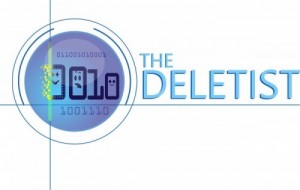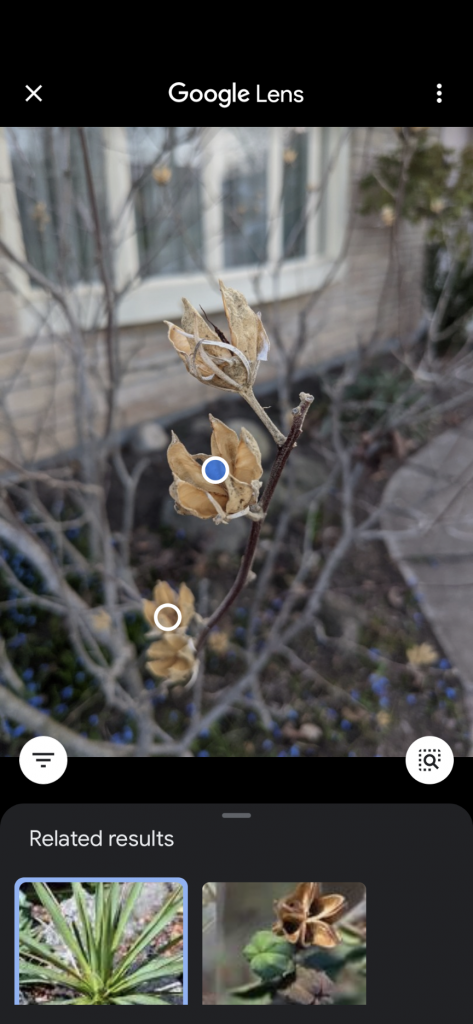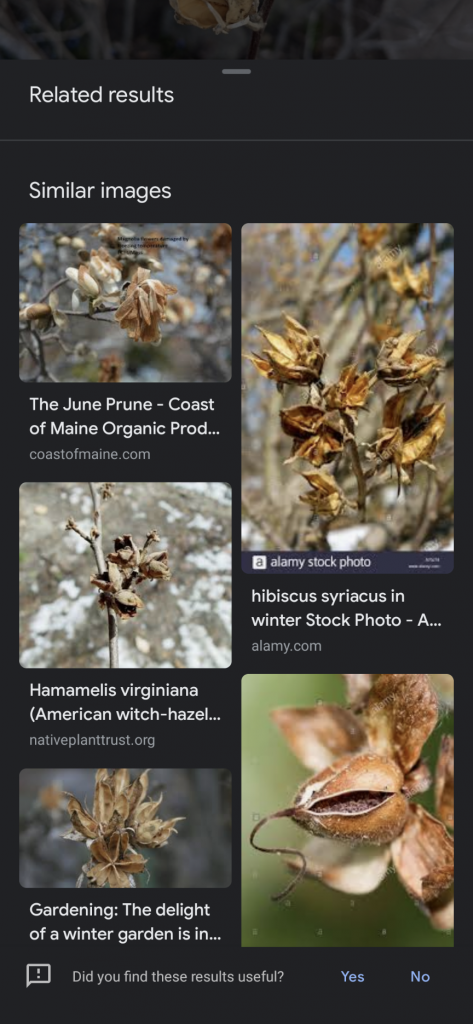A few weeks ago I posted about Facebook’s Oversight Board. In particular, I wrote about the pending case regarding Facebook’s decision to ban former-President Trump from their platform. The ban followed the riot on January 6, 2021. (Read more here.)
Facebook referred the case to the Board for two important reasons. One, they wanted validation for their choice to ban Trump. Two, they wanted guidance on how to deal with suspensions from accounts of world leaders.
In an interesting twist of events, the Board determined Facebook had acted appropriately to ban Trump’s account. However, they had a problem with the indefinite ban Facebook imposed on Trump. According to existing Facebook standards, users in violation of the rules are either suspended for a period of time or banned permanently. There is no mention of an indefinite ban. The Board determined that Facebook has six months to decide if Trump’s account should be banned permanently, or be reinstated after a set amount of time, in accordance with its own policies.
Furthermore, in its “Key Findings” of the case, the Board asserted that “[i]n applying a vague, standardless penalty and then referring this case to the Board to resolve, Facebook seeks to avoid its responsibilities. The Board declines Facebook’s request and insists that Facebook apply and justify a defined penalty.” While Facebook did make the right decision, they didn’t enact it properly. And by referring the case to the Board, they were also dodging the hard decisions.
Regarding Facebook’s request for recommendations on suspensions of world leader accounts, the Board instead focused on influential users. In defining actions for Facebook to take, the Board concentrated on any user who has a large audience. Basically, any user with an extensive following, could have an impact.
Defining the Influential User
Many parts of the Board’s decision kept referring to an influential user. However, I never saw a definition for one. For some users (i.e., former President Trump), the definition seems obvious. Trump had a large number of followers, over 35 million on Facebook, and he was a high-ranking political figure. But I see where this could get murky. For example, what about a local politician with a “large” local following who is influencing things on a smaller scale?
Will there be different levels of influential users (i.e., those who are popular at a local, regional, or global level)? Will it only be based on the number of followers?



